
Alexander Heinle
Alex is a marketer at Zavvy. On this blog, he mainly shares insights gained from discussions with selected experts and from helping our customers set up and improve their onboarding or learning programs.

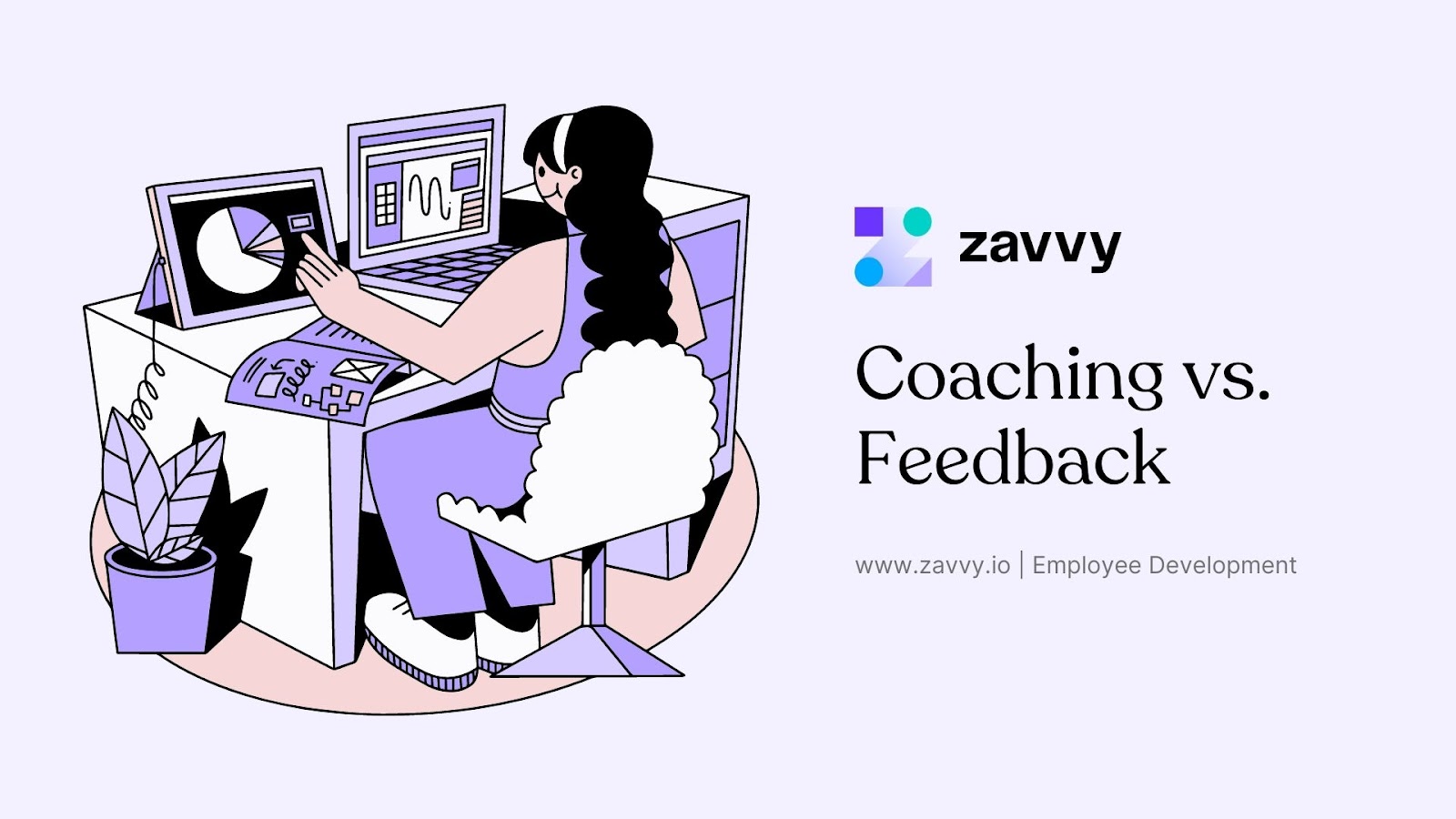
We hear terms like mentoring, coaching, and feedback in the workplace all the time. Some people even use coaching and feedback interchangeably. But unfortunately, not everyone understands the difference between the two.
Join us as we break down the difference between coaching, feedback, and mentorship. We also discuss the best practices for each.
Together with our curators, we have created a library of actionable digital marketing resources. Personalized to your team's needs.
Coaching is a form of performance-based training where an individual with more experience and knowledge uses it to develop and grow others. The aim is to empower employees to use the information to make better decisions.
For example:
"A coach may help employees who’ve had a career change. They can provide 1:1 training to help employees learn and develop new tasks and skills."
It is used to improve one’s skills for further advancement.
Enhances employees’ skills by teaching them additional knowledge. Gives them an edge over their competitors.
It helps you achieve your dreams by learning to harness your potential.
Targets executives and individuals in leadership roles. It’s used to improve overall performance.
It refers to a situation where a senior employee gives information based on the junior colleague’s skills, actions, and sometimes behavior. Feedback seeks to enhance your self-awareness for better decisions.
For example:
“I think you did a great job when you led the meeting. It reflected your knowledge and skills about the topic and that you’re able to communicate effectively.”
Occurs in a formal setting, e.g., between an employer and an employee. It follows a systematic structure complete with an evaluation at the end.
It’s the inverse of formal feedback ― it occurs in an informal setting. It is used to establish a rapport with the other person.
Makes observations on behavior to improve.
It’s the most common and uses the observer’s perspective to make a judgment. However, its primary focus is the action.
It’s usually in question form and seeks to clarify information.
Internal feedback focuses on one’s feelings and any stimuli acting on them. Its primary focus is the person taking action.
On the other hand, external feedback relies on the influences from one’s immediate environment. Therefore, it focuses more on the action than the person making it.
Workplaces use coaching when implementing new leadership and development curriculums. As a result, employees learn new skills and improve their work techniques.
Conversely, companies use feedback during evaluations. Such instances include:
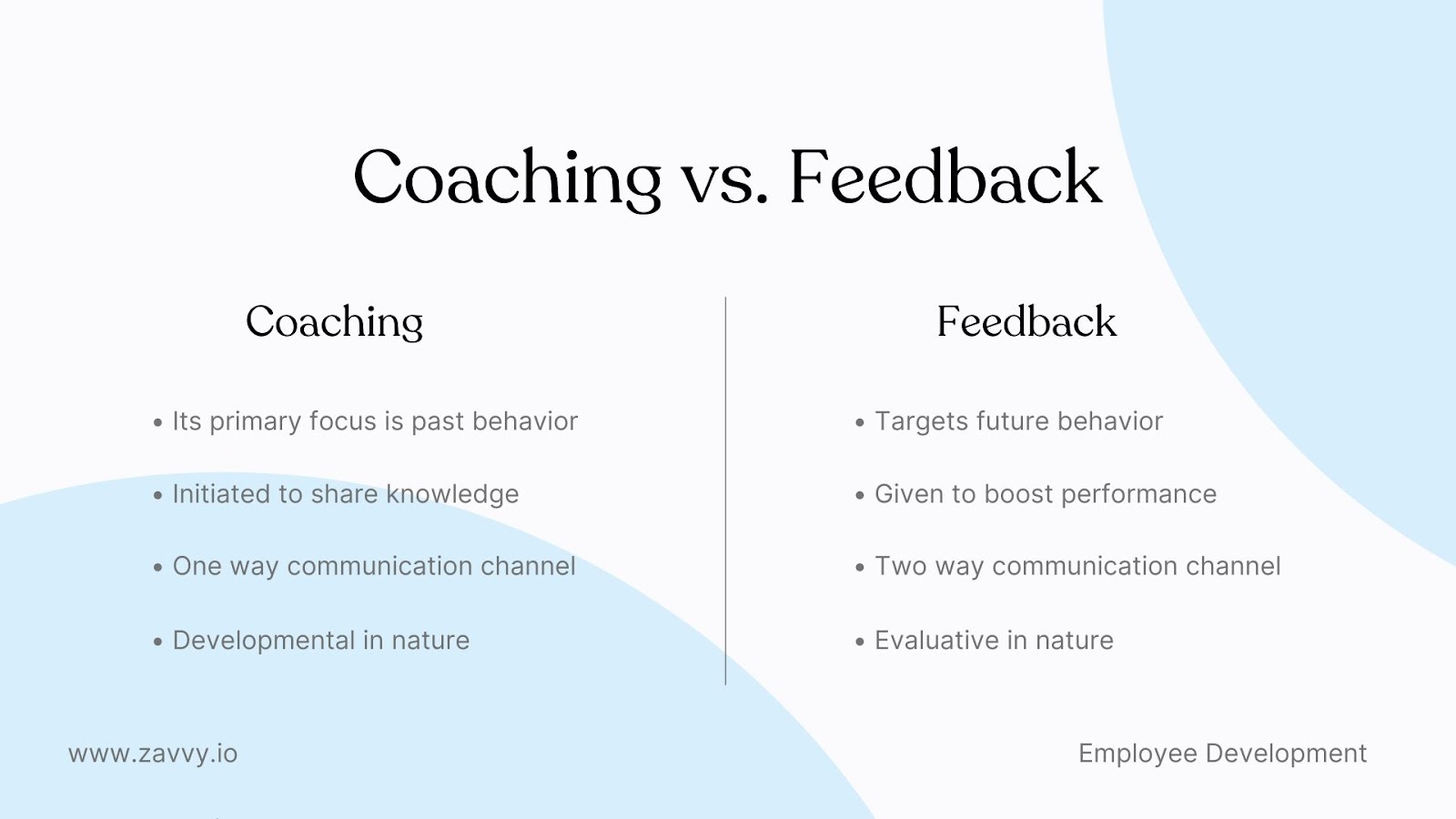
Feedback gives information on past behavior, while coaching focuses on future actions. Feedback makes employees understand their previous shortcomings so that they can improve. Coaching seeks to improve future outcomes by identifying potential issues and fixing them.
On the flip side, mentoring involves sharing your skills and knowledge to improve performance. Lastly, mentoring doesn’t require formal training, while coaching does.
Feedback refers to information concerning activity, behavior, or skill in a work setting. It can be critical or constructive. Essential criticism focuses on wrongdoing without giving any advice, while constructive feedback does the opposite. Constructive feedback is positive and focused on improving the output.
Feedforward is solution-oriented. Its primary focus is improving future outcomes by identifying problems and devising solutions before affecting the company.
Mentoring equips employees with additional skills and knowledge. In addition, coaching and feedback sharpen critical thinking and communication skills. When combined, these practices result in a dramatic increase in performance.
Employees are more likely to be motivated in an environment that gives regular and helpful feedback. In the same way, coaching and mentoring improve employee engagement and, consequently, morale.
The best way to cultivate positive work relations is by giving constructive feedback. When combined, mentoring, coaching, and feedback improve communication. The result is a pleasant work environment.
Mentoring, coaching, and feedback all have a common goal ― enhancing performance. In addition, these processes improve organizational processes by sharpening leadership and creative thinking skills.
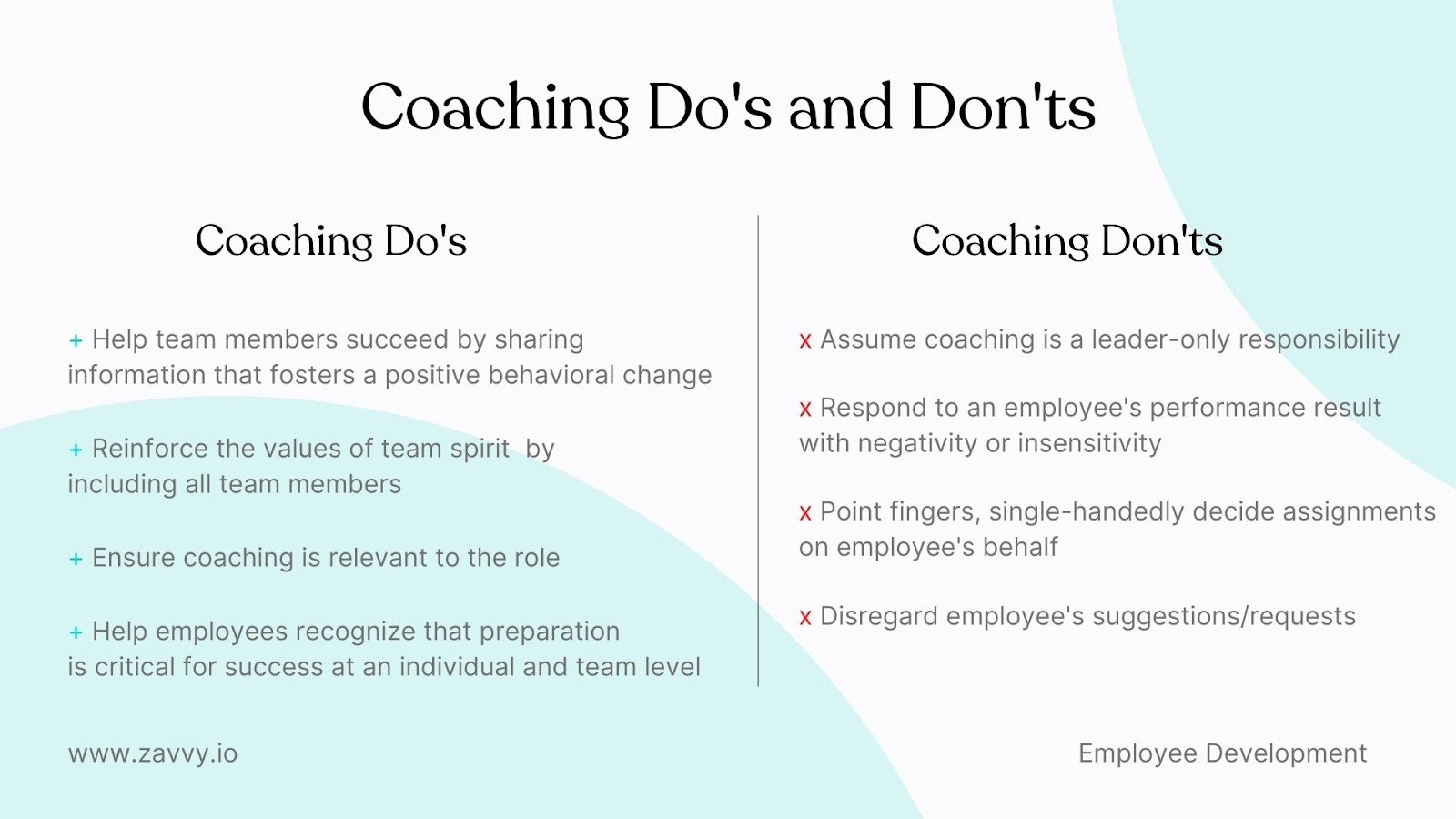
Guiding questions are perfect for getting your employees to open up and be more vulnerable. They are a form of open-ended questions designed to develop critical thinking skills in the recipient. For example, instead of asking an employee why the software isn’t working, ask what they think the problem could be.
Managers who use guiding questions exhibit better collaboration and teamwork with their employees. Asking guiding questions improves skills such as:
Listening to your employees is the best approach to building trust. When you listen to your workers, they’re more inclined to respond to your coaching strategies. Here are a few ways you can practice effective listening:
A good coach offers consistent and honest feedback. Regular updates on employee performance are a powerful motivator. Schedule a day when all employees meet and talk. Point out areas they can work on and give them suggestions on improving.
Similarly, recognize when they do good. For example, congratulate an employee when they meet a target.
Fostering a good relationship with your employees allows you to learn their strengths and weaknesses. These qualities set the tone for your expectations. I mean, you won’t be assigning an employee a customer care role if you know they have a problem talking to people, right?
Lastly, create a plan with actionable steps to meet these expectations.
Working with people requires empathy. We all have different perspectives, but we need to reach a middle ground at the end of the day. A good coach can put themselves in the other person’s shoes.
Being an empathetic coach means you understand. You can quickly gauge a situation and respond accordingly when you’re empathetic. However, you’re not quick to make assumptions, nor do you jump to conclusions.
The first rule of coaching is to know and understand the other person. You learn their strengths, weaknesses, and even their passions. This information helps you make better managerial decisions.
You connect with your team, thereby improving communication. Below are some suggestions on how to get to know your employees:
Create a structure for your coaching by developing an action plan. There are several steps to creating one:
You can still learn something new even as a coach. There’s somebody in your team who knows a valuable thing or two. Make the workplace a pseudo classroom where you can learn from each other.
Ask for opinions. Be open and receptive to new ideas ―conventional practices might not always work. Problem-solving skills require creative thinking. Encourage your employees to think out of the box.
What makes a good coach? It’s the ability to receive feedback the same way you dish it out. Ask your employees for their evaluation. The information they provide will help you make your action plan more accurate.
In addition, they might point out a few blind spots that you need to improve on.
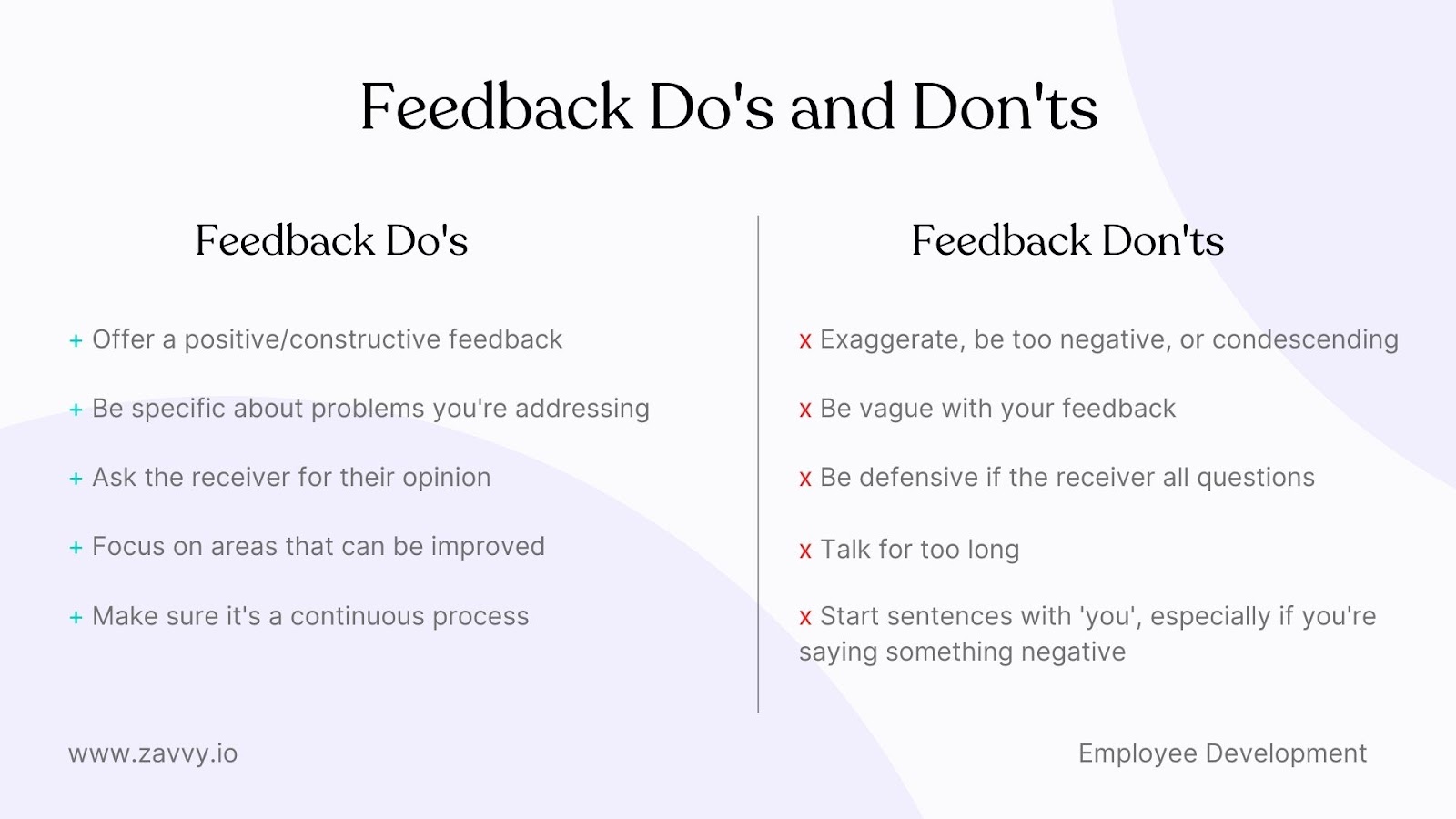
Feedback is more effective when it’s given on time. Your employees can then make the necessary corrections and improve productivity. So don’t wait until it’s six weeks after to share your opinion.
The other person will keep making the same mistakes, preventing them from growing. If you’re not growing, then you’re not being productive.
There are two kinds of feedback:
Don’t only give feedback when it’s negative. It’s demoralizing to your employees, which affects their performance. Instead, recognize when your employees are performing well. It works wonders for their motivation.
Studies show that employees who receive regular motivation are more productive than their counterparts. So the next time you’re chatting with your staff, give them a thumbs up for their good work.
Be specific when giving feedback. How would you expect to see any improvement? Go into specific details. For example, if your employee didn’t do well in a presentation, don’t just tell them to work on it.
Offer helpful suggestions ―tell them what areas they need to improve on.
These include:
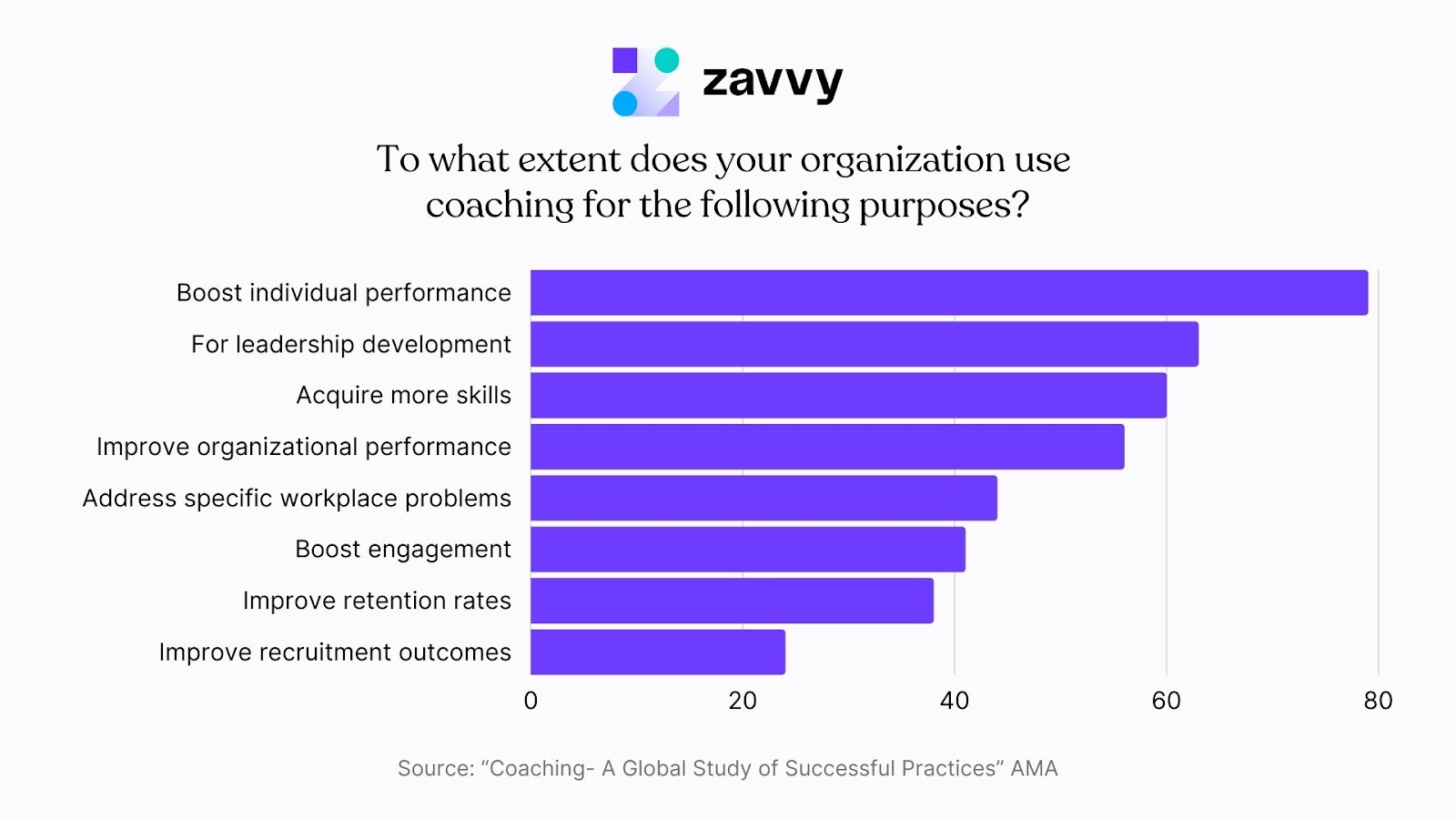
Use guiding questions. They are a form of open-ended questions designed to develop critical thinking skills in the recipient. Second, on the list is to listen to your employees. When you listen to your workers, they’re more inclined to respond to your coaching strategies.
Don’t forget to give consistent feedback. For example, schedule a day when all employees meet and talk. Point out areas they can work on and give them suggestions on improving. Another tip on improving coaching and feedback is by learning and practicing empathy.
You can quickly gauge a situation and respond accordingly when you’re empathetic. Being a compassionate coach means you understand where the other person is coming from.
Lastly, the first coaching rule is to know and understand your employees. This information helps you make better managerial decisions. Then, plan a fun day where you can play games and have fun with them.
Feedback and coaching are critical for employees to excel in their roles. Whether given one-on-one or to the whole team, always remember that it needs to be valuable, insightful, and offered as frequently as possible. This builds employee-manager solid relationships, and most importantly, creates a trusting work environment.
Managers committed to growing their people realize that employee development requires strategic planning, improvisation, and seamless implementation. To make it easier for every leader, coach, and manager, we’ve designed employee development programs that you can configure, plan, engage, and track the progress.
Speak to our experts about Employee Development initiatives like development frameworks, skills evaluation, or competency models.
Upskill your team every week with the best contents and personalized recommendations.

We hear terms like mentoring, coaching, and feedback in the workplace all the time. Some people even use coaching and feedback interchangeably. But unfortunately, not everyone understands the difference between the two.
Join us as we break down the difference between coaching, feedback, and mentorship. We also discuss the best practices for each.
Get a demo!
We'll be happy to show you around and answer all your questions.
Trusted by innovative companies



We'll be happy to show you around, answer your questions, or arrange a free trial.
Erhalten Sie eine kostenlose Demo unserer Onboarding-Software.
Vertraut von



Your Training & Development Strategy - Solved in 1 Tool.
Trusted by innovative companies



We'll be happy to show you around, answer your questions, or arrange a free trial.
Learn how Zavvy helps you drive performance, development, and engagement.
Trusted by innovative companies



We'll be happy to show you around, answer your questions, or arrange a free trial.
We'll be happy to show you around and answer all your questions.
Trusted by innovative companies



We'll be happy to show you around, answer your questions, or arrange a free trial.
Gerne zeigen wir Ihnen ganz unverbindlich unsere Plattform im Detail.
Vertraut von modernen Unternehmen



Get a demo!
We'll be happy to show you around and answer all your questions.
Trusted by innovative companies



We'll be happy to show you around, answer your questions, or arrange a free trial.
Erhalten Sie eine kostenlose Demo unserer Software für Mitarbeiterenwicklung und Training.
Moderne Unternehmen
setzen auf Zavvy


